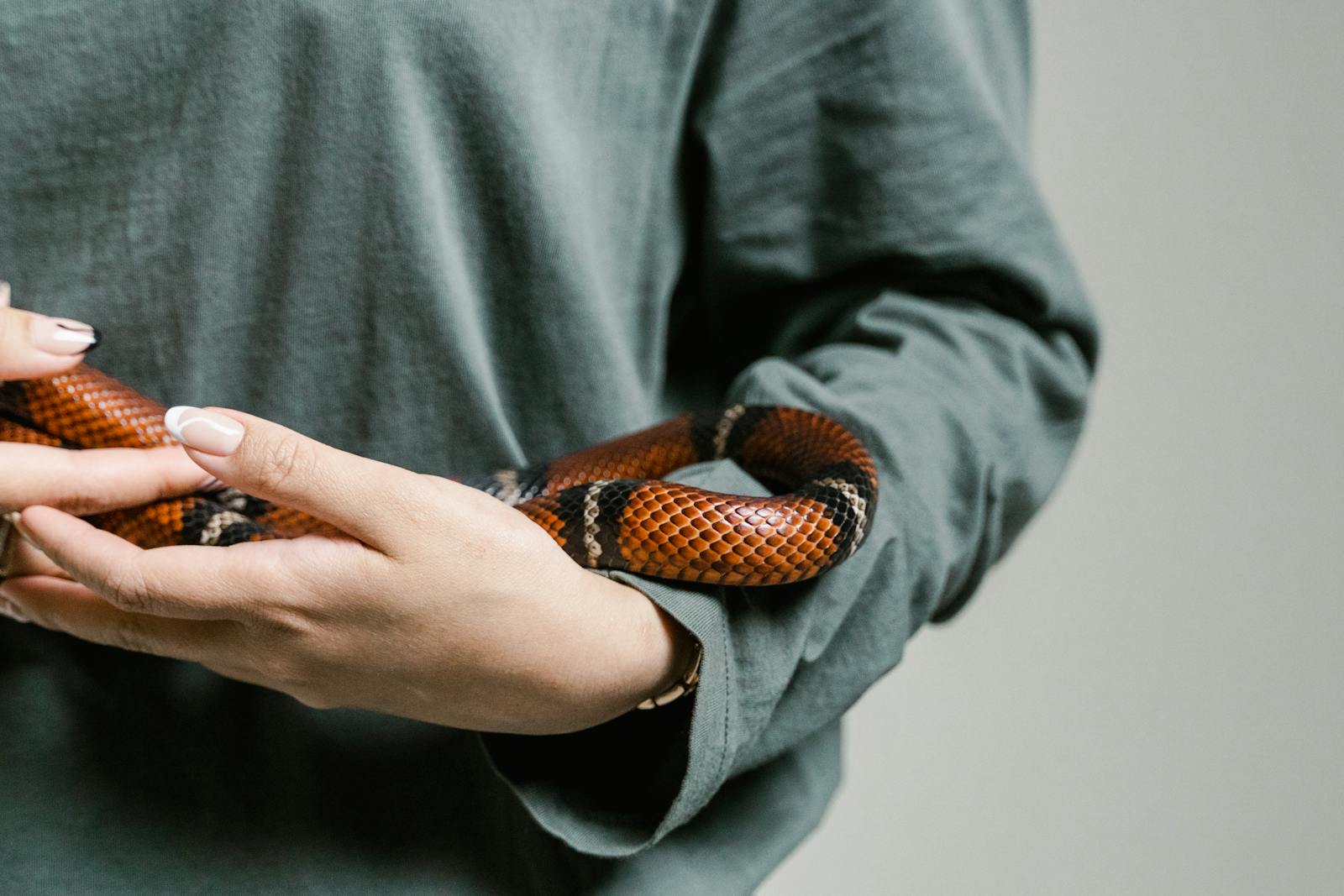Are you a proud snake owner who gets anxious every time a health check approaches? You’re not alone. Many reptile enthusiasts find themselves wrestling with reluctant serpents during basic examinations. The good news is that with patience, consistency, and proper techniques, you can train your pet snake to tolerate and even remain calm during routine health checks. This comprehensive guide will walk you through the process of desensitizing your snake to handling and health procedures, making vet visits and home health assessments less stressful for both you and your scaly companion.
Understanding Snake Behavior and Stress Responses

Before beginning any training, it’s essential to understand how snakes naturally respond to perceived threats. Snakes are instinctively defensive animals that may interpret handling as a predatory threat, triggering flight or fight responses. When stressed, snakes might exhibit behaviors such as hissing, striking, musking (releasing a foul odor), or trying to escape rapidly. These behaviors aren’t signs of aggression but rather natural defense mechanisms developed through evolution. By recognizing these stress indicators, you’ll be better equipped to adjust your approach and create more positive interactions during training sessions. Understanding your specific snake species’ natural temperament is also crucial, as ball pythons typically respond differently to handling than corn snakes or boa constrictors.
Setting Realistic Expectations Based on Your Snake’s Species
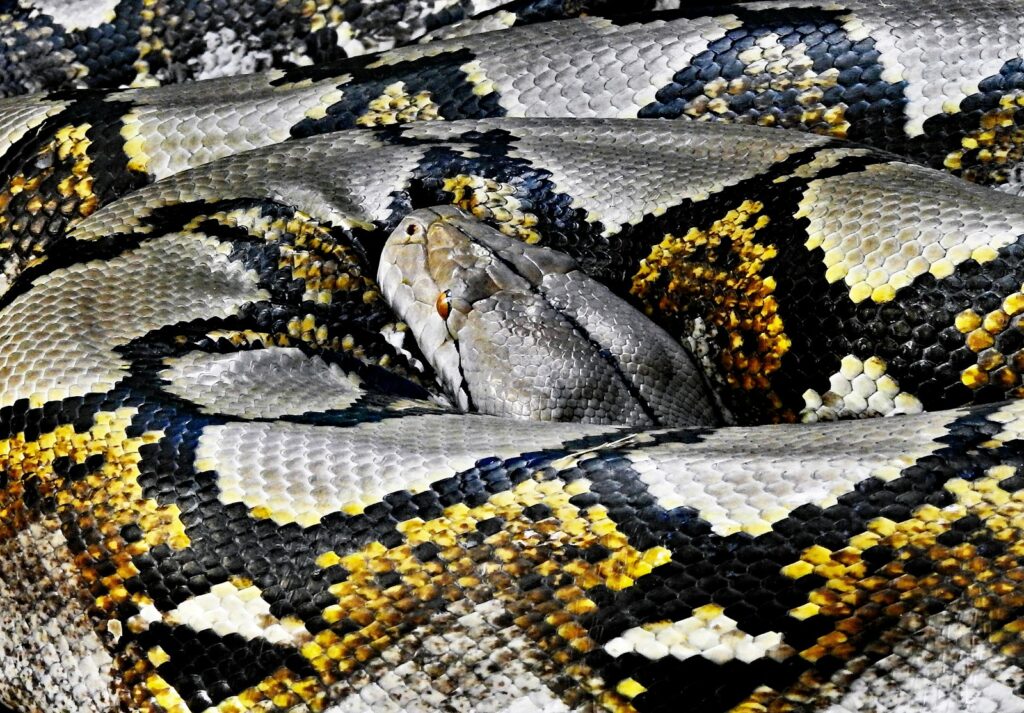
Training success largely depends on your snake’s species, individual temperament, and previous handling experiences. Generally, colubrids like corn snakes and king snakes tend to adapt more quickly to handling than some pythons or boas. A young snake acquired from a reputable breeder who practiced regular handling will likely adapt faster than a wild-caught specimen with limited human contact. Set realistic goals based on your snake’s background—some may never fully relax during health checks but can still be trained to tolerate them without excessive stress. Remember that species like ball pythons might require months of consistent work, while corn snakes might progress in just weeks. Adjust your timeline expectations accordingly and celebrate small improvements rather than expecting overnight transformations.
Creating a Low-Stress Environment for Training

Your training environment significantly impacts your snake’s comfort level during handling sessions. Choose a quiet, enclosed room free from distractions like loud noises, other pets, or excessive foot traffic. Maintain an appropriate temperature similar to your snake’s enclosure to prevent adding temperature stress during handling. Keep the lighting moderate—not too bright or dark—as extreme lighting conditions can disorient or stress your reptile companion. Remove any strong odors from the area, including perfumes, cleaning products, or food smells that might confuse or agitate your snake. Having all necessary equipment prepared before removing your snake from its enclosure minimizes the time spent in transition and reduces opportunities for stress to build.
Establishing a Consistent Handling Routine
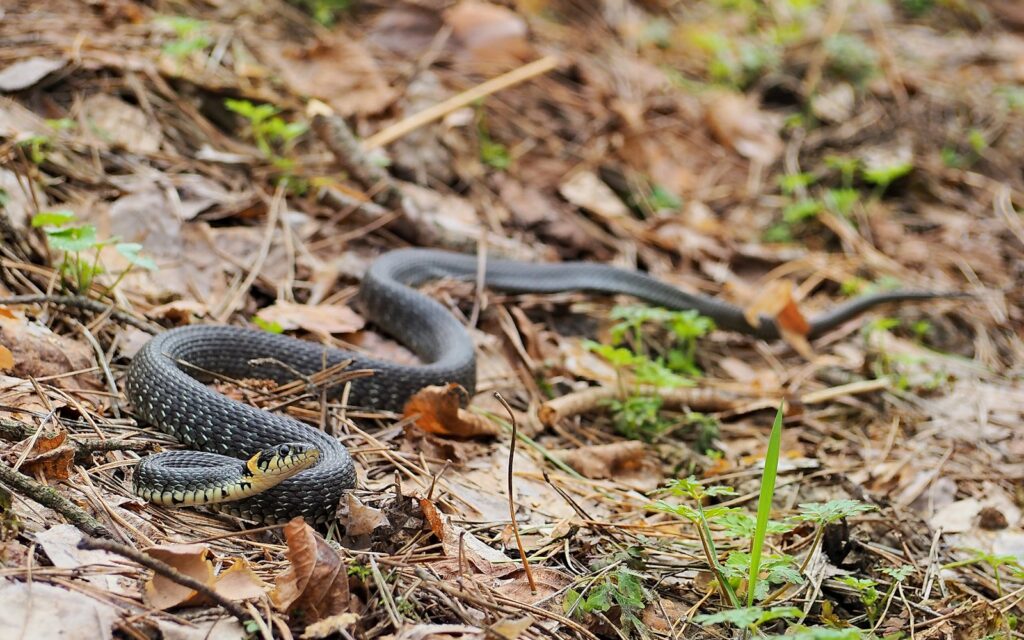
Consistency forms the cornerstone of successful snake training, as reptiles learn primarily through repeated experiences. Begin by establishing a regular handling schedule—ideally 2-3 times weekly, but never immediately after feeding or during shedding cycles. Keep initial sessions very short, perhaps just 1-2 minutes, gradually extending to 5-10 minutes as your snake shows signs of acclimation. Use the same approach technique each time; for example, always gently stroke the middle of the snake’s body before attempting to lift it. This predictable routine helps your snake learn what to expect during handling sessions. Over time, your snake will begin to associate this routine with non-threatening experiences, reducing defensive responses and building trust in the handling process.
Proper Handling Techniques That Minimize Stress
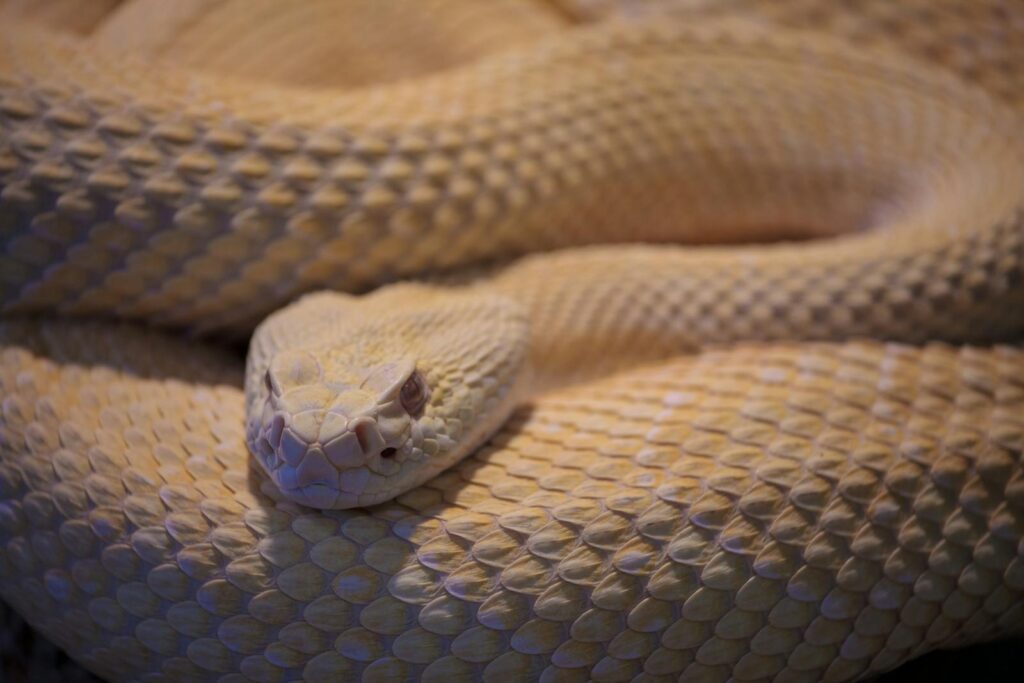
How you handle your snake directly influences its stress level and willingness to cooperate during health checks. Always support your snake’s body adequately, using two hands for medium to large specimens and never picking up by the tail or middle alone, which creates insecurity. Move slowly and deliberately, as quick or jerky movements trigger defensive responses in most reptiles. Approach from the side rather than above when possible, as overhead approaches mimic predator attacks and induce fear responses. Keep your hands slightly warm before handling (you can rub them together) since cold hands can startle snakes and make them more reactive. Position your hands beneath the snake’s body rather than grabbing from above, allowing the snake to feel secure and supported throughout the handling process.
Gradual Desensitization to Health Check Procedures

Once your snake tolerates basic handling, begin introducing elements of health checks in a gradual, systematic way. Start with brief touches to areas that will need examination, such as gently running a finger along the scales or lightly touching the tail tip. In subsequent sessions, progress to more specific actions like lifting scales slightly with a cotton swab or gently feeling the body contour. Gradually introduce mock examination tools—a small flashlight held near (but not shining directly in) the snake’s face or a soft toothbrush mimicking the texture of examination tools. Each new element should be introduced separately over multiple sessions, moving to the next step only when your snake remains calm with the current procedure. This methodical approach prevents overwhelming your snake and builds confidence with each healthcare component.
Training Your Snake to Accept Scale Inspections

Scale health assessment is a fundamental part of routine check-ups, requiring your snake to tolerate close visual inspection and gentle touching of its body surface. Begin training by consistently running your fingers lightly along the snake’s body during regular handling sessions, paying attention to your snake’s comfort signals. Gradually increase the thoroughness of these touches, eventually incorporating a magnifying glass held at a comfortable distance to simulate the close inspection a veterinarian might perform. Introduce a small, soft brush for gently separating scales to check for mites or skin issues, always rewarding calm behavior with immediate cessation of the examination. With repeated practice, most snakes will learn to remain still during these inspections rather than attempting to flee or defend themselves, making real health assessments significantly easier and more accurate.
Teaching Your Snake to Accept Mouth Examinations
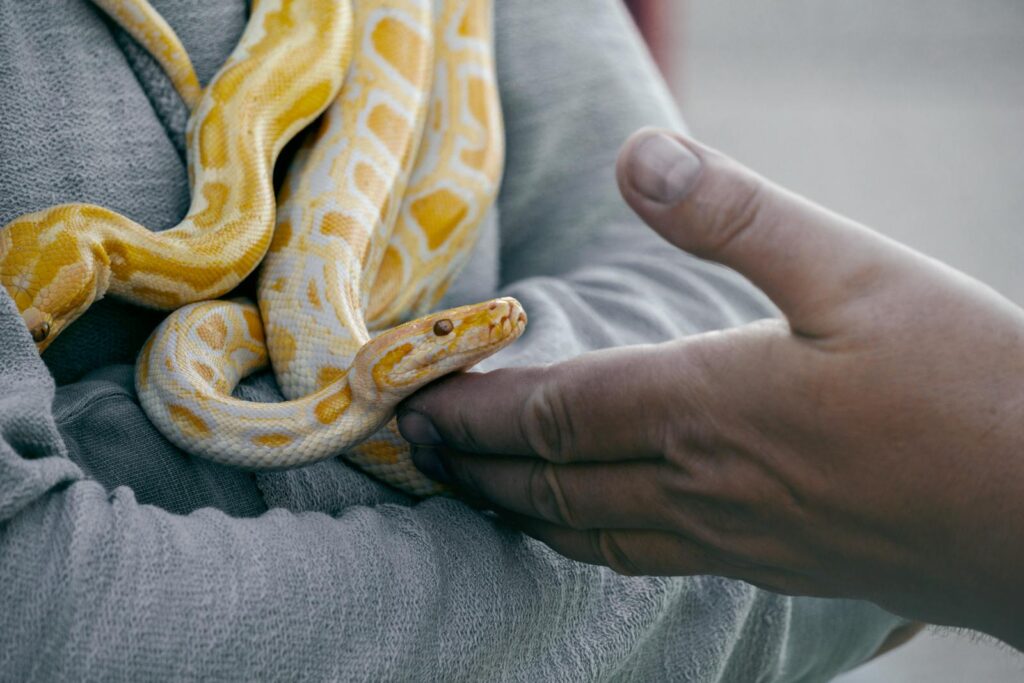
Oral examinations present particular challenges as they involve sensitive head areas that snakes instinctively protect. Begin this training only after your snake is completely comfortable with body handling, starting with gentle touches to the head region without attempting to open the mouth. Next, progress to lightly touching around the jawline while supporting the snake’s body securely. For more advanced training, use a credit card, plastic ruler, or specialized reptile mouth opener to very gently touch the edge of the mouth without forcing it open. If your snake tolerates this contact, you might try applying the slightest pressure to encourage a natural mouth-opening response. This training requires exceptional patience—often many weeks or months—and should never involve forcing the mouth open, which can cause injury and severe stress.
Making Weight Checks a Positive Experience
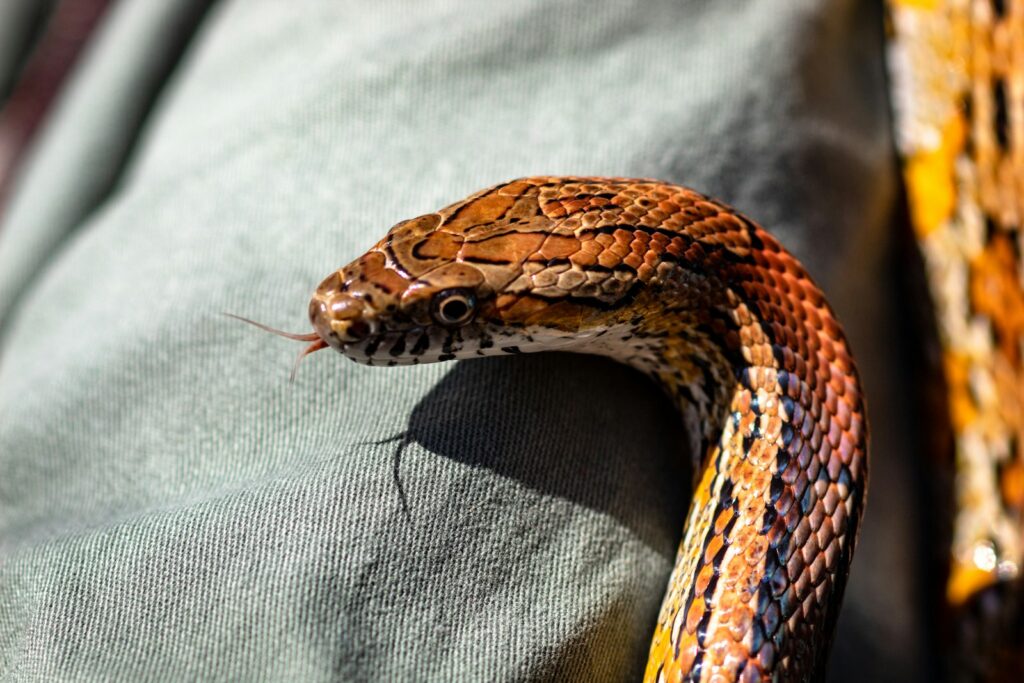
Regular weight monitoring is crucial for assessing your snake’s health, yet the process of being placed on a scale can be disorienting for many reptiles. Begin desensitization by introducing your snake to an unpowered scale, allowing it to slither across or rest on the surface during normal handling sessions. Once comfortable, progress to briefly placing your snake on the scale for a few seconds before returning to normal handling. Gradually increase the duration until your snake remains calm for 30-60 seconds—long enough for an accurate measurement. For particularly nervous specimens, try placing a familiar hide or piece of substrate on the scale to provide security during weighing. With consistent practice, most snakes learn that the scale represents a brief, non-threatening interlude in their handling routine rather than a cause for alarm.
Recognizing and Respecting Individual Tolerance Limits
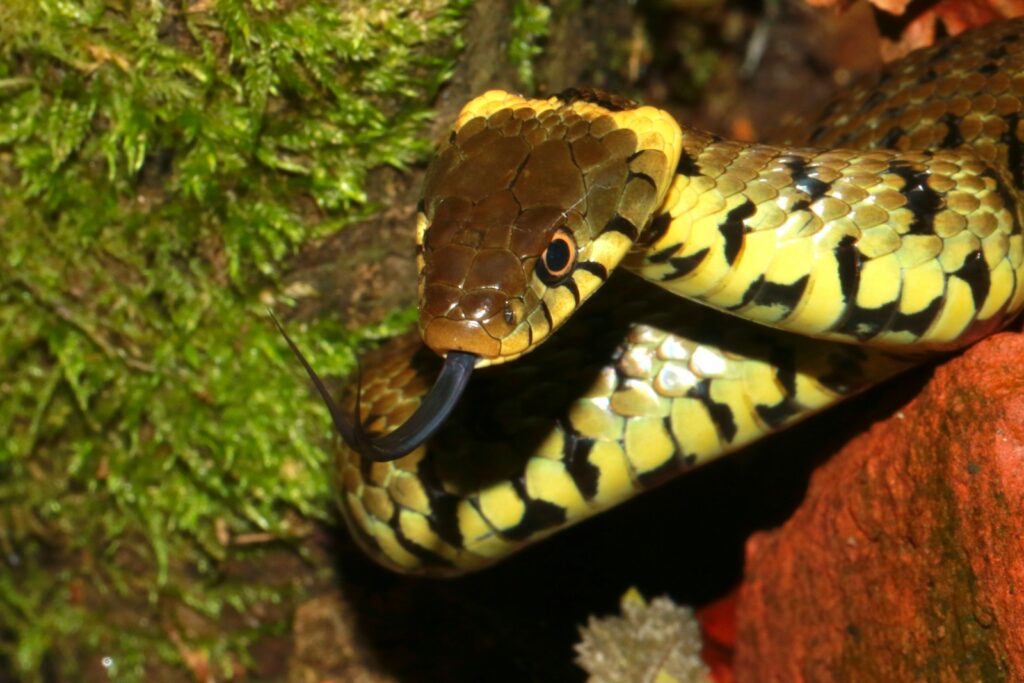
Every snake has unique stress thresholds and comfort boundaries that must be acknowledged for successful training. Learn to identify your snake’s specific stress signals, which might include rapid breathing, tense muscles, erratic movements, or attempting to flee. When these signs appear, immediately back up to the previous training step where your snake remained comfortable. Some snakes may progress rapidly through training steps, while others need weeks at each stage—this variability is normal and should guide your training pace. Remember that even well-trained snakes have off days where they’re less tolerant of handling, often due to upcoming sheds, seasonal changes, or environmental factors. Respecting these natural limitations prevents setbacks caused by pushing beyond what your snake can handle in a given session.
Incorporating Positive Reinforcement Techniques

While snakes don’t respond to traditional rewards like mammals do, you can still implement forms of positive reinforcement during training. The most effective “reward” for most snakes is the immediate cessation of the handling or examination procedure after a period of calm behavior. This timing association helps snakes learn that remaining still results in the quicker completion of the interaction. Some snakes respond well to being placed in a preferred hide spot or warm area of their enclosure following successful training sessions. For food-motivated species, scheduling handling sessions a day before regular feeding can create a positive association, though you should never handle immediately before offering food as this can trigger feeding responses. These subtle reinforcement techniques can significantly accelerate training progress when applied consistently.
Preparing for Professional Veterinary Examinations
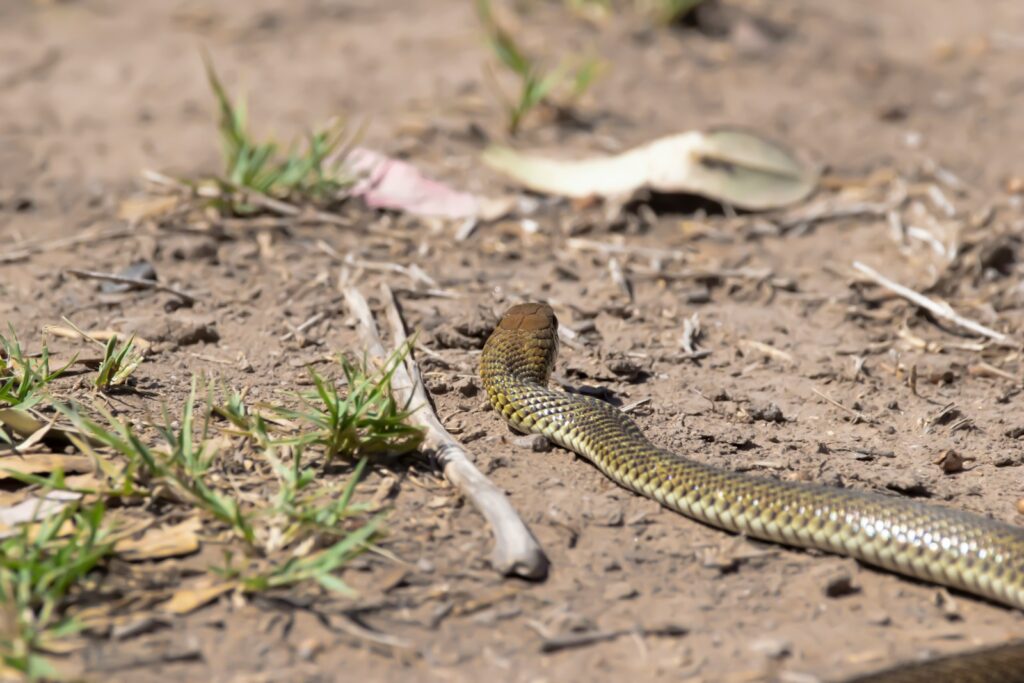
Even with excellent at-home training, the veterinary environment presents new challenges with unfamiliar people, scents, and procedures. Before scheduled vet visits, intensify your training sessions for several weeks, focusing on the specific procedures your veterinarian is likely to perform. If possible, arrange a “meet and greet” visit to the exotic vet clinic where your snake can experience the environment without undergoing procedures. Discuss your training progress with your veterinarian beforehand, highlighting any specific triggers that cause stress for your snake. Consider bringing familiar items from home, such as a small piece of substrate or hide, that can be placed in the examination area to provide comfort cues. These preparatory steps significantly reduce examination stress and improve the quality of healthcare your snake receives during professional assessments.
Maintaining Training Through Regular Practice
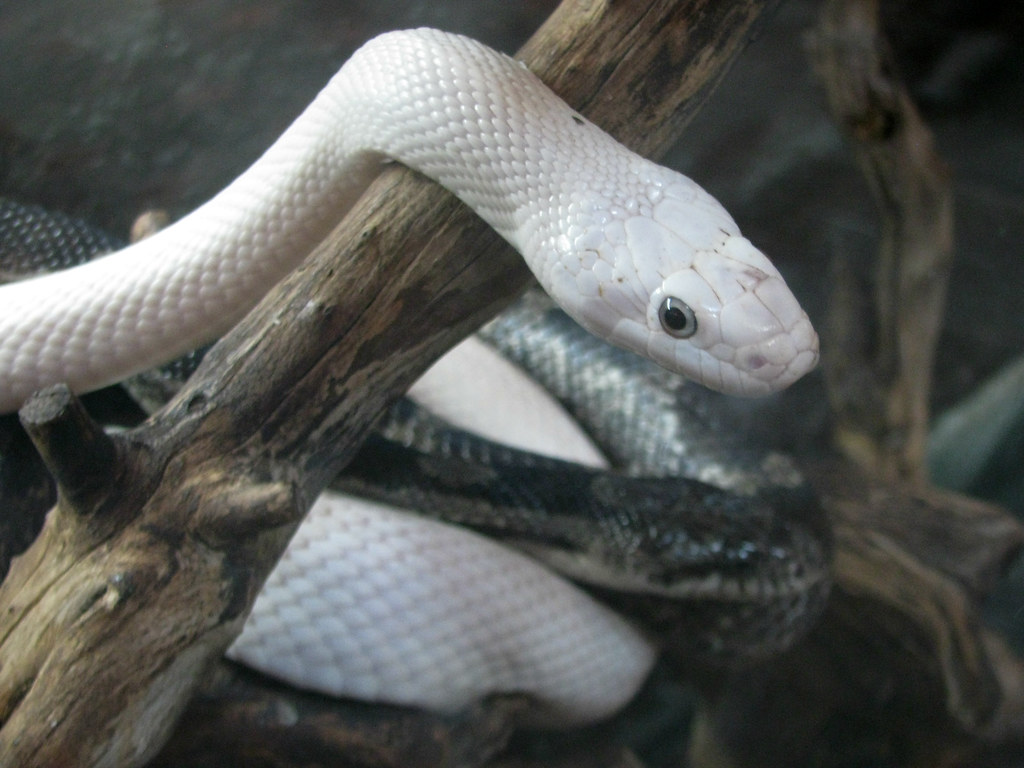
Snake training isn’t a one-time achievement but rather an ongoing process requiring maintenance through regular practice. Even well-trained snakes can regress if handling and health check simulations become too infrequent. Establish a long-term maintenance schedule of brief health check practice sessions every 2-3 weeks, even when no actual health concerns exist. These maintenance sessions need not be extensive—often just 5 minutes incorporating the key elements your snake previously mastered. During seasonal periods when snakes naturally become less active (brumation), you can reduce but not eliminate these sessions, adjusting to your snake’s energy levels. This consistent reinforcement ensures that when actual health concerns arise, your snake remains accustomed to the handling and examination procedures necessary for proper assessment and treatment.
Conclusion
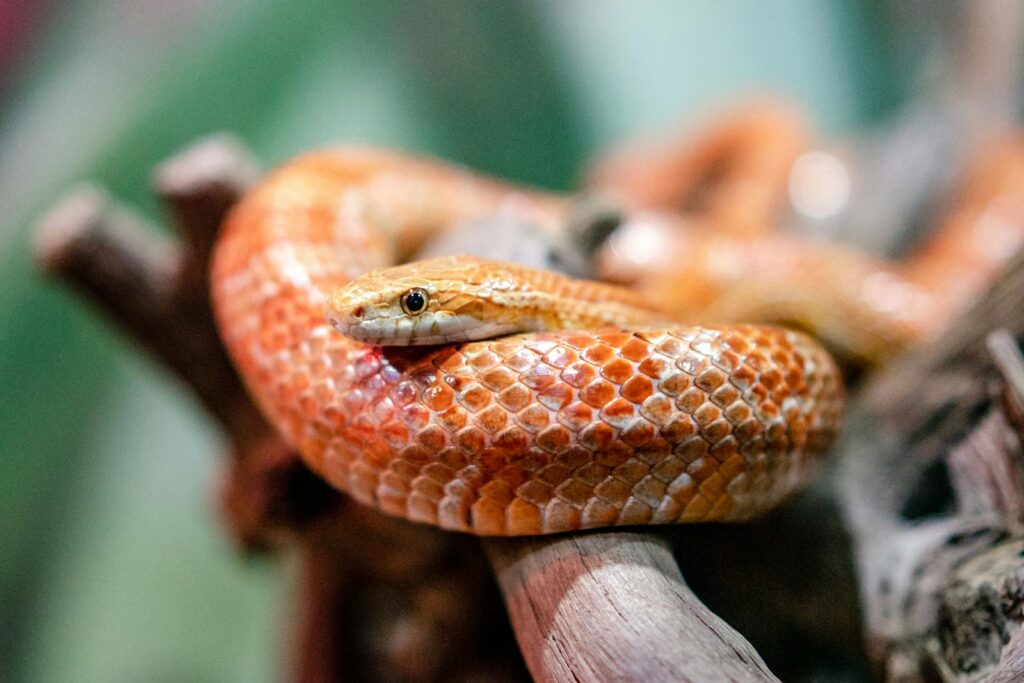
Training your pet snake to accept routine health checks represents an investment in both its physical wellbeing and your relationship as caretaker. Through patient, consistent application of the techniques outlined above, most captive snakes can learn to tolerate necessary handling and examination procedures with minimal stress. Remember that success looks different for every snake—while some may eventually accept all procedures calmly, others may merely tolerate them without panic. Either outcome represents an improvement that benefits both you and your serpentine companion. By approaching training with respect for your snake’s natural behaviors and individual limits, you create a foundation of trust that supports a lifetime of proper healthcare and handling.

